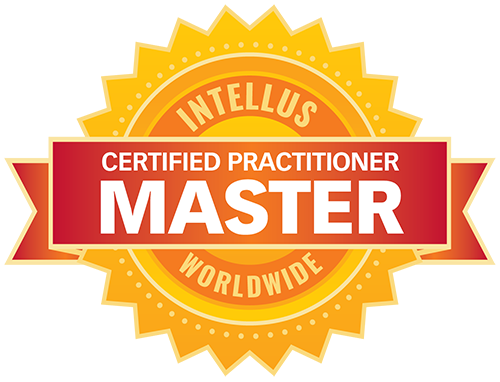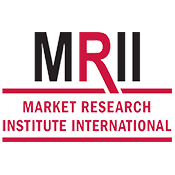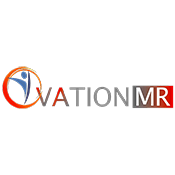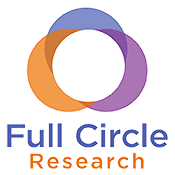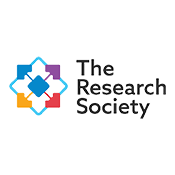The Principles of Market Research course helps both new and experienced market research practitioners understand the full process of research from beginning to end. This online course is completed through self-paced study and covers the 13 topics of the Market Research Core Body of Knowledge (MRCBOK™).
This popular course is endorsed by all major market research and insights industry associations and is kept up-to-date to reflect new methods and concepts in the market research industry. It offers an engaging learning experience through interactive exercises and continuous feedback so that participants can gauge their progress throughout the course. Successful completion earns a Certificate of Program Completion and qualifies graduates for the certification designations of three global professional associations.
Test your knowledge with our online diagnostic quiz
Snapshot
|
Format: Online Credits: 13.5 CEUs When: Start anytime Cost: $1,595 - $1,795 |

